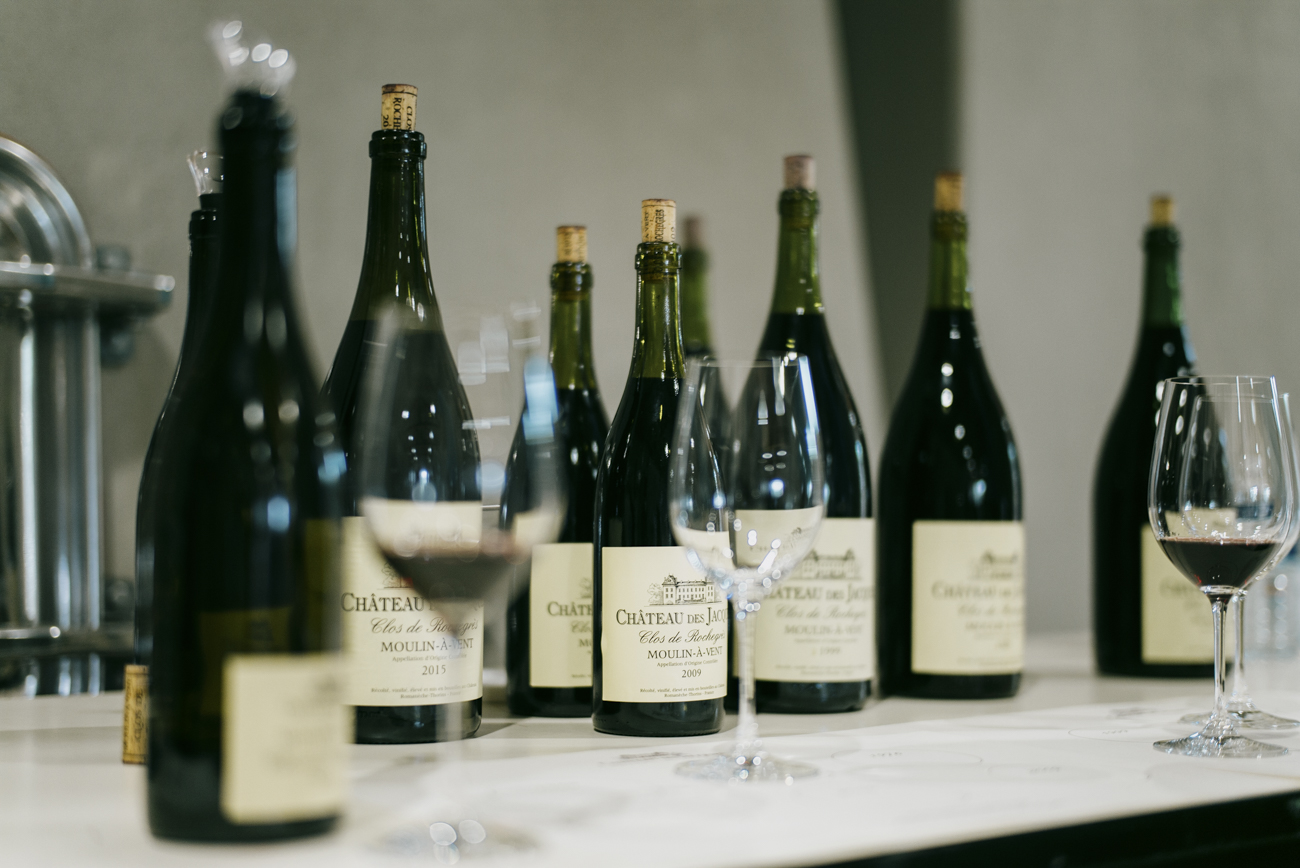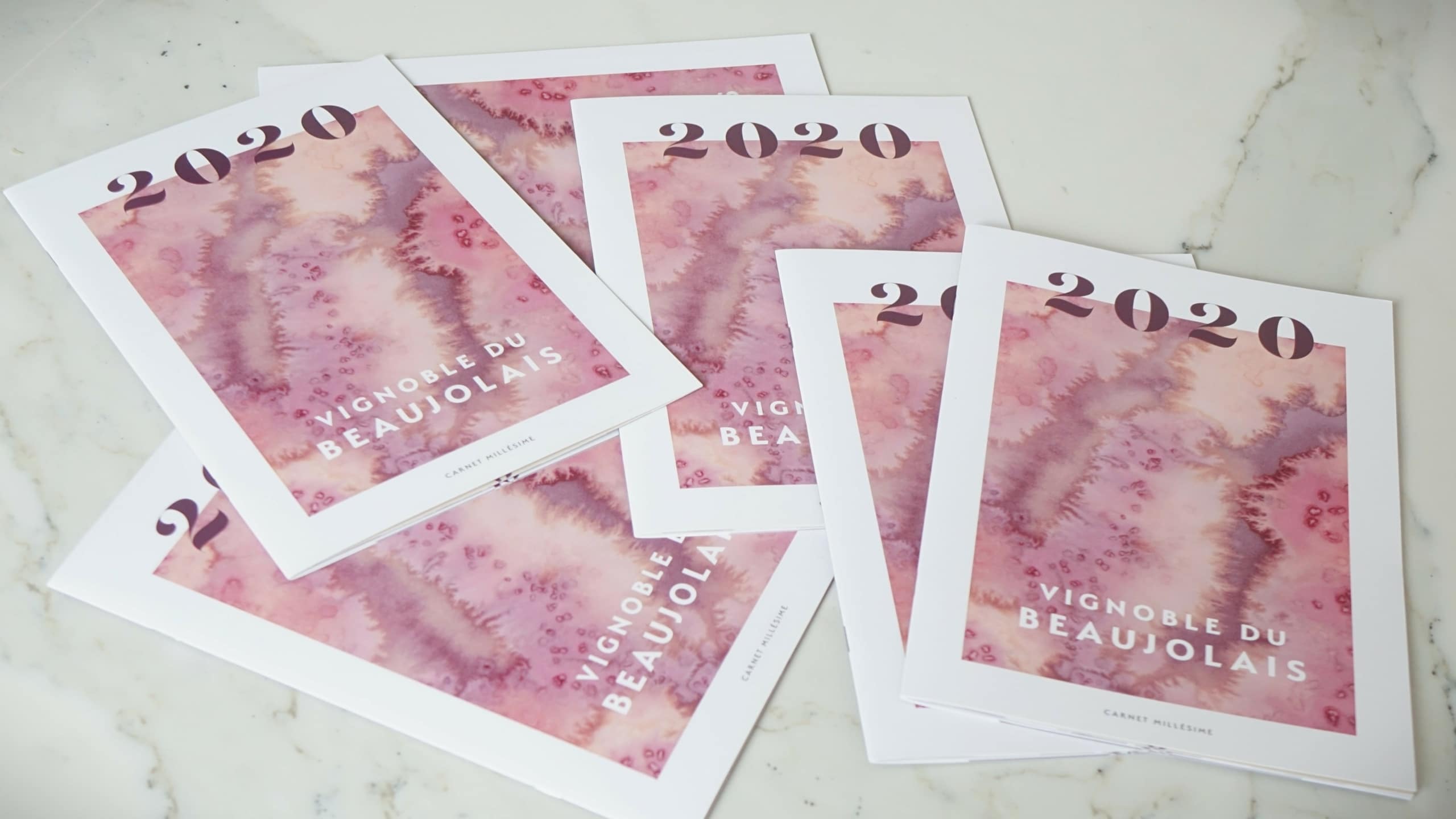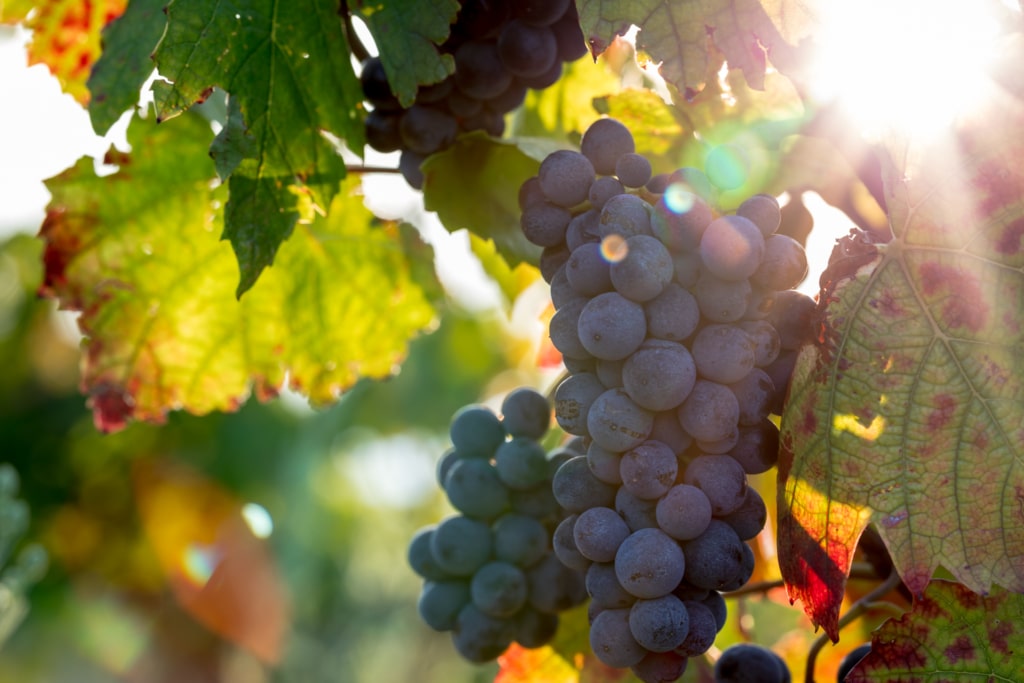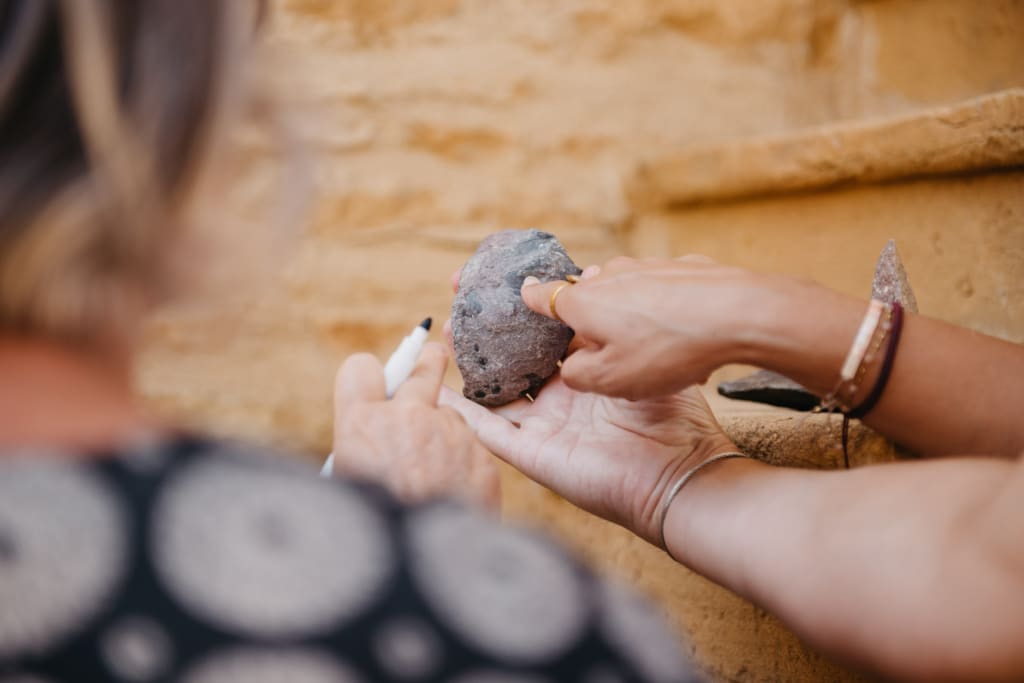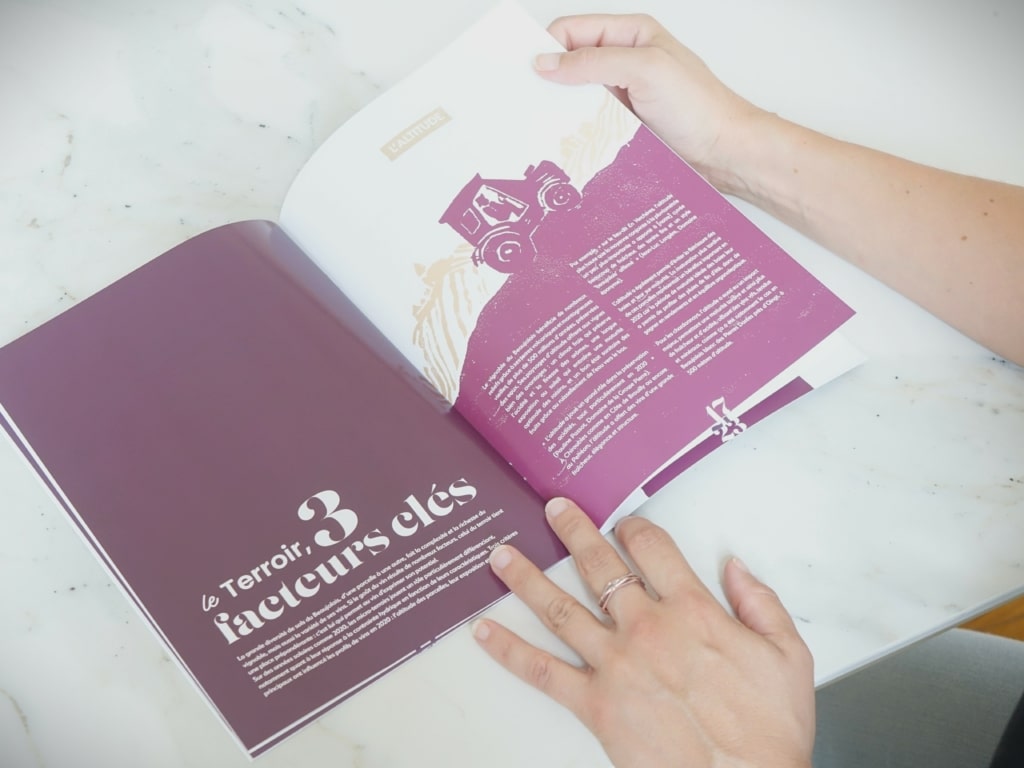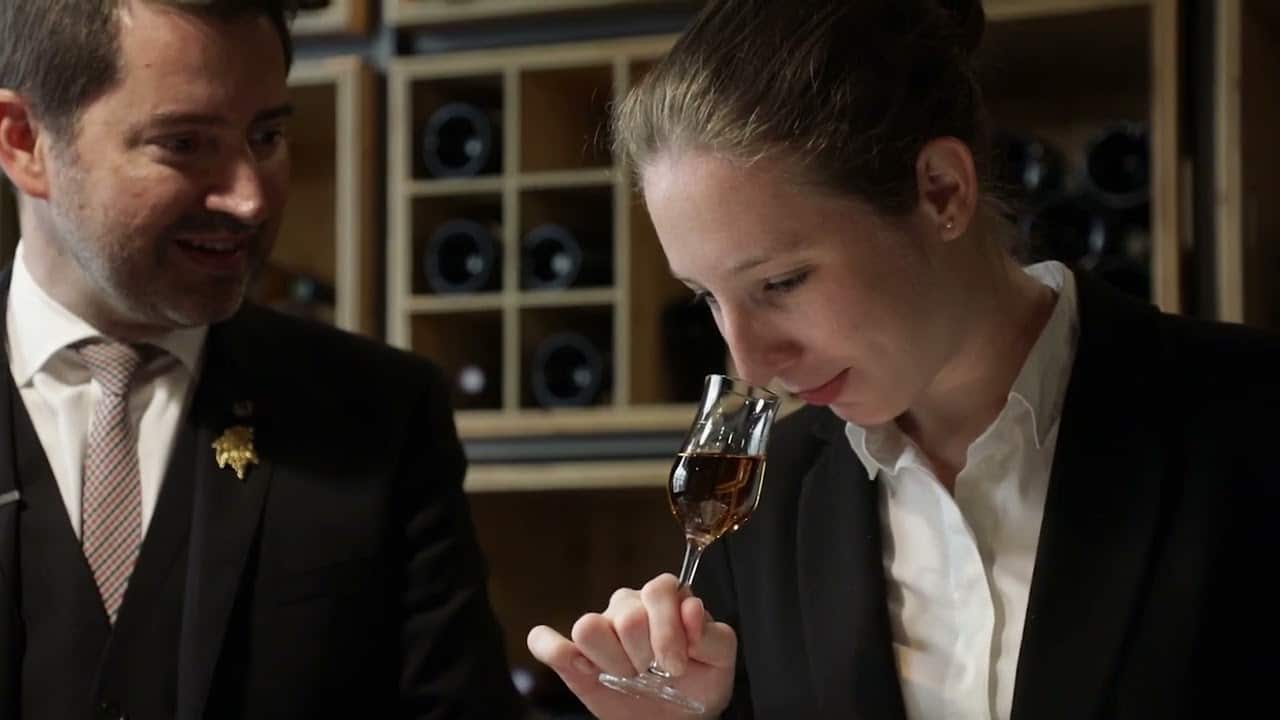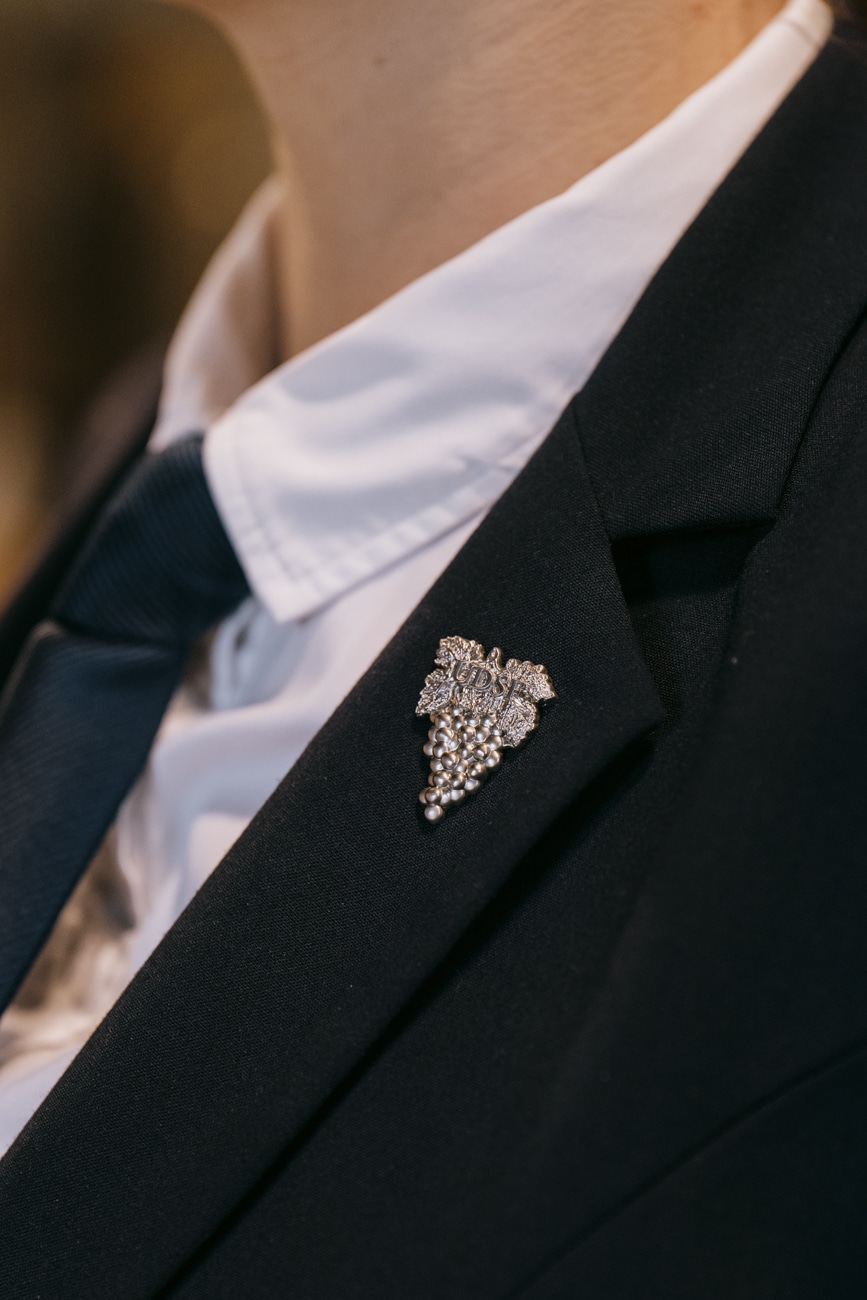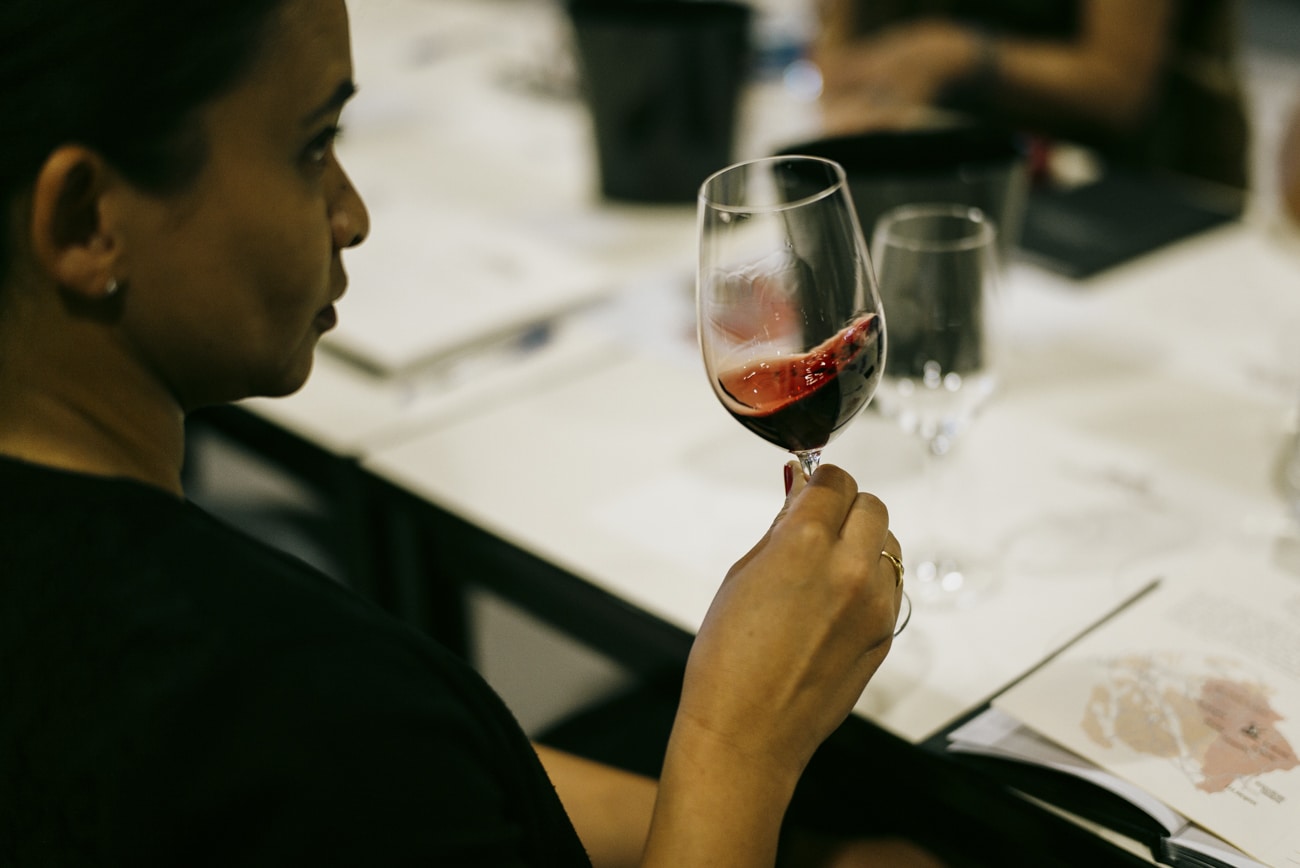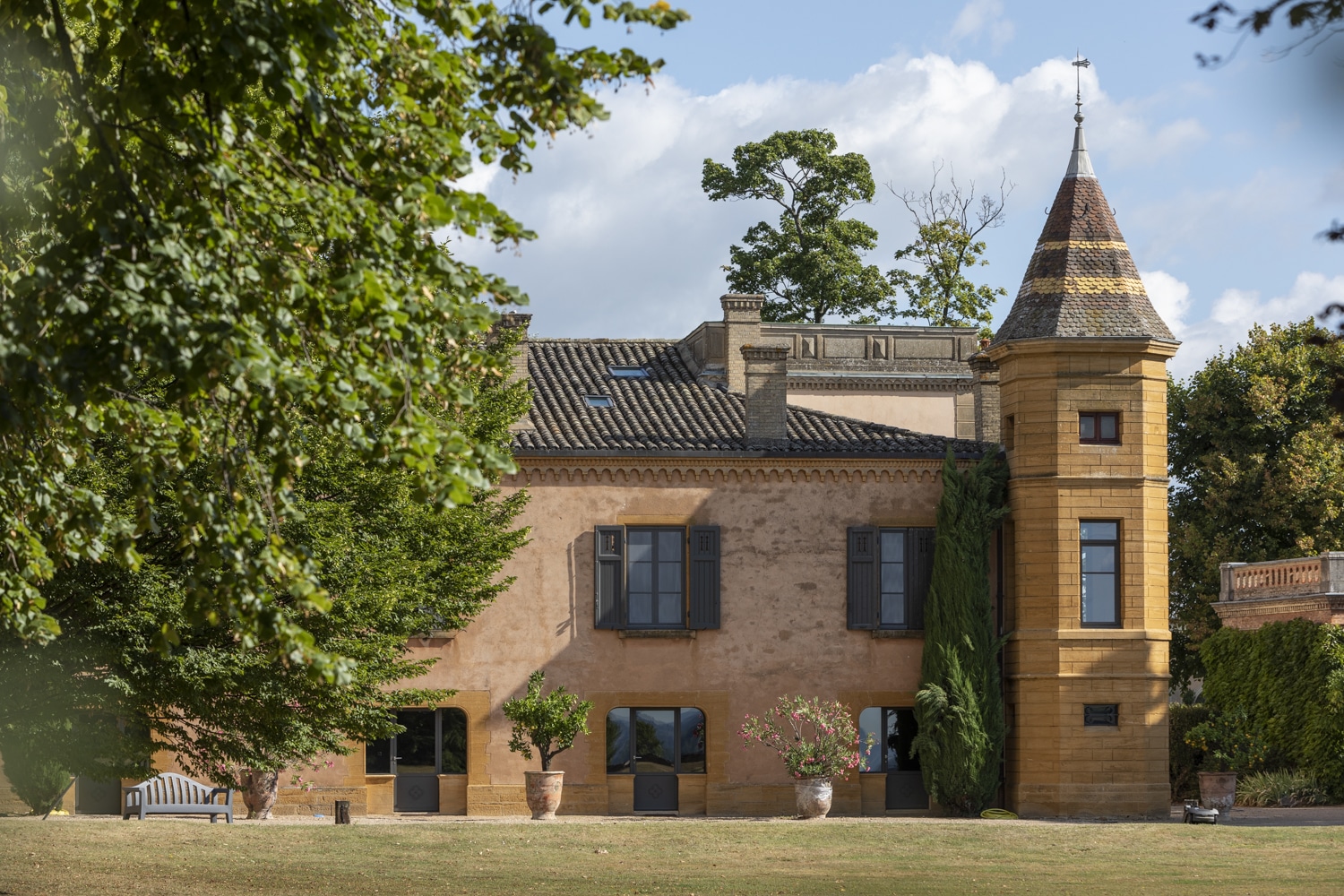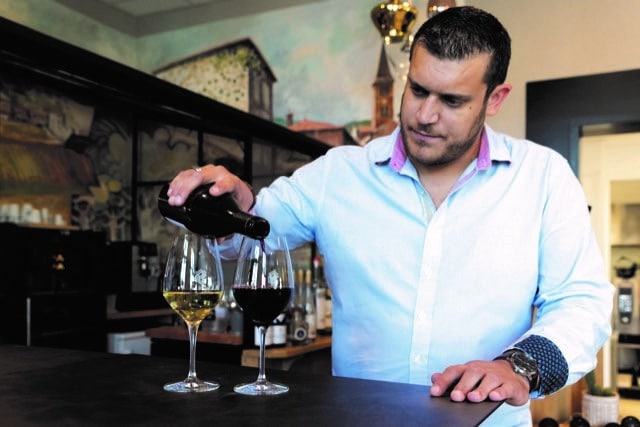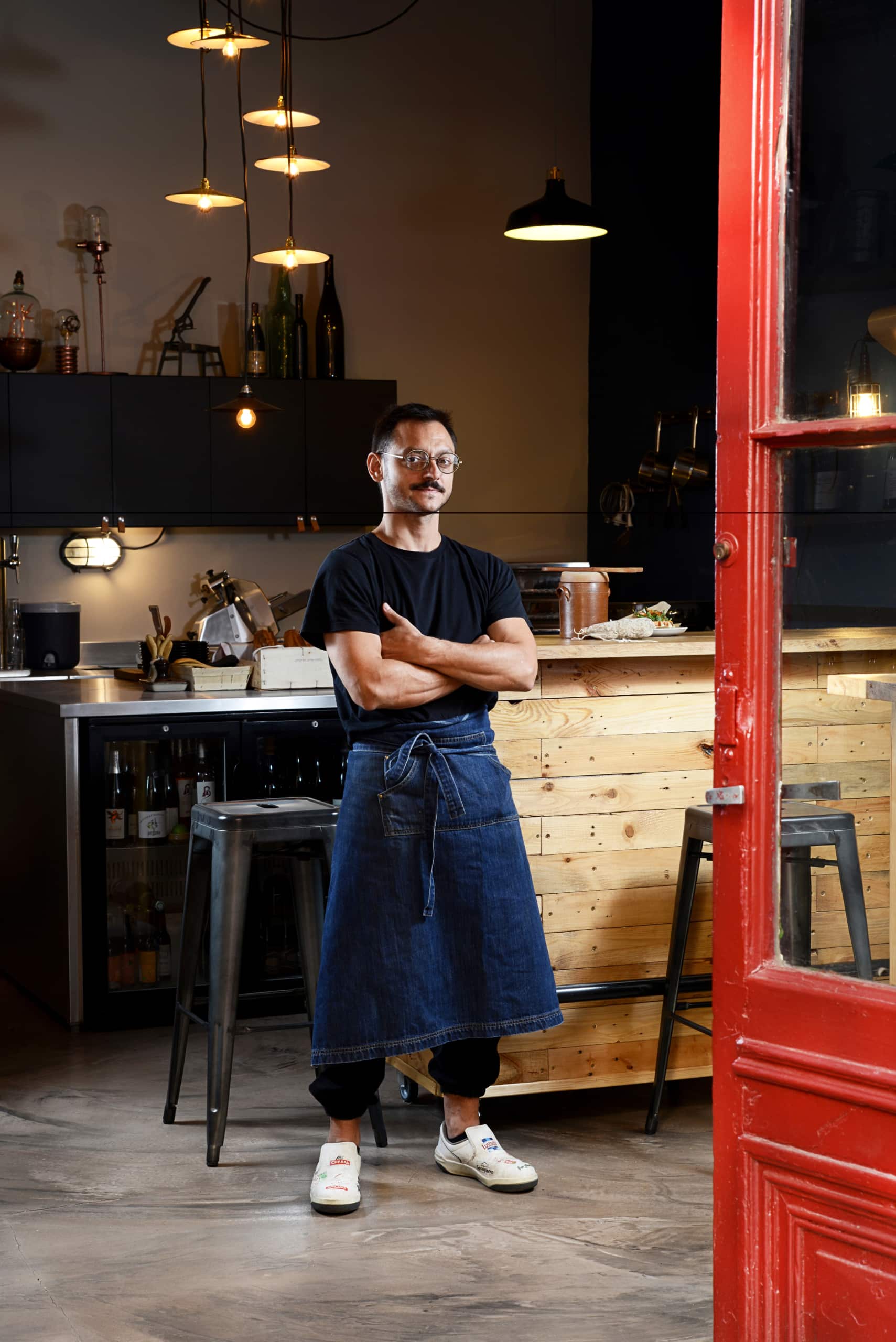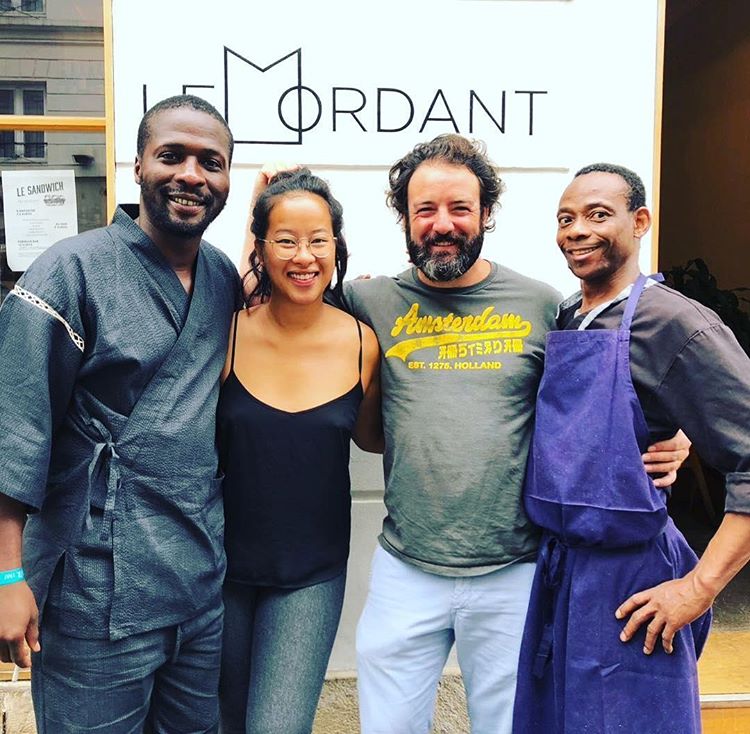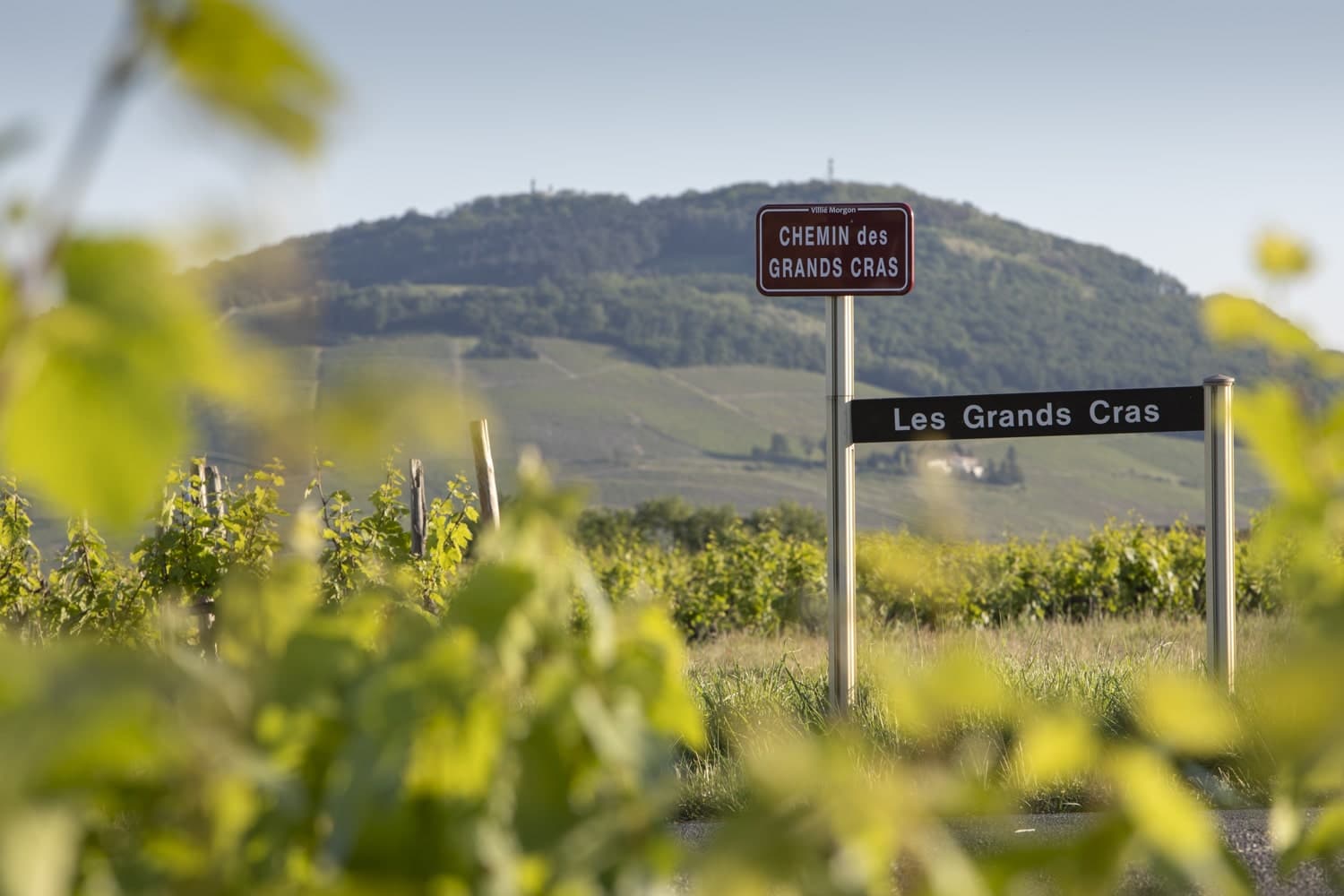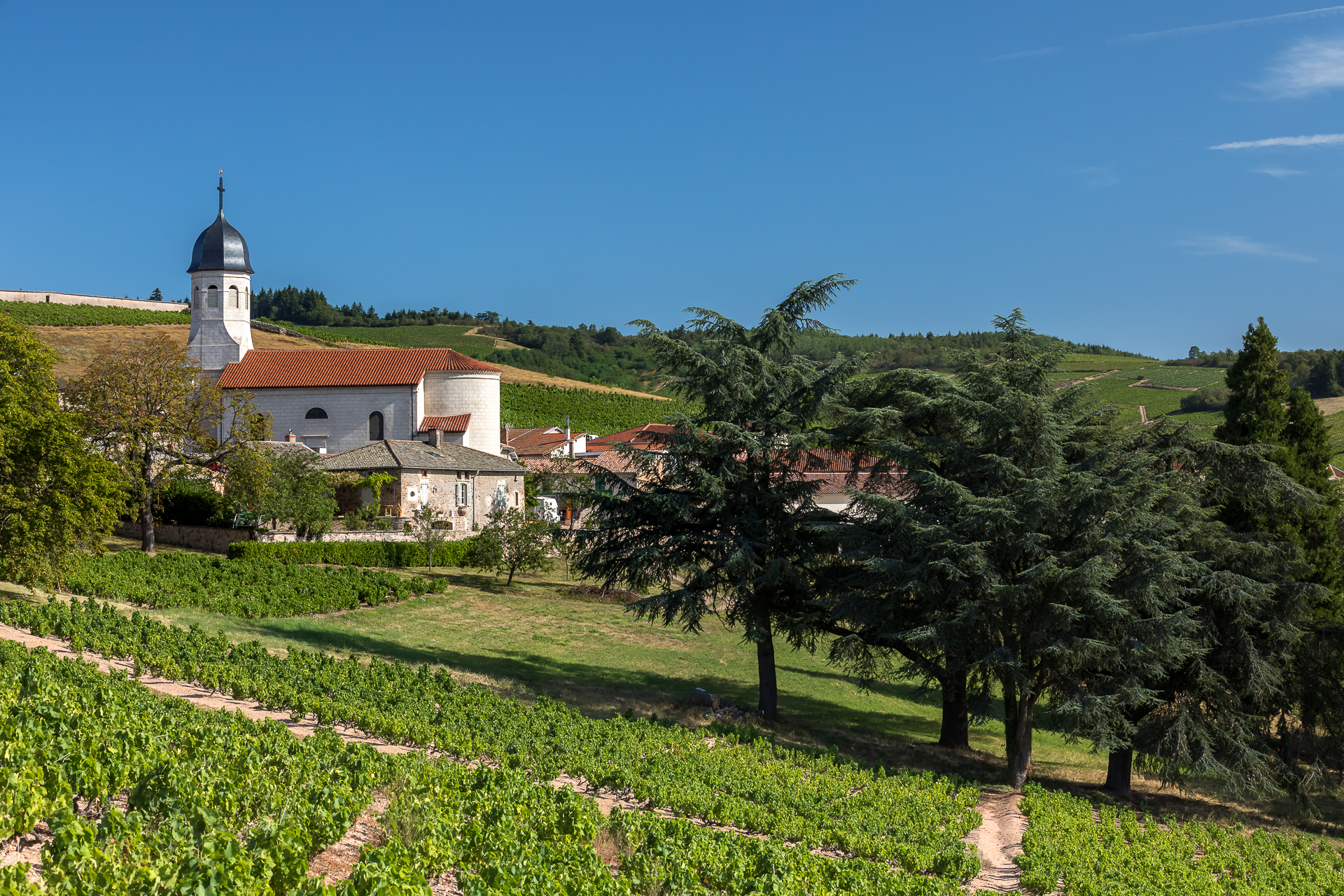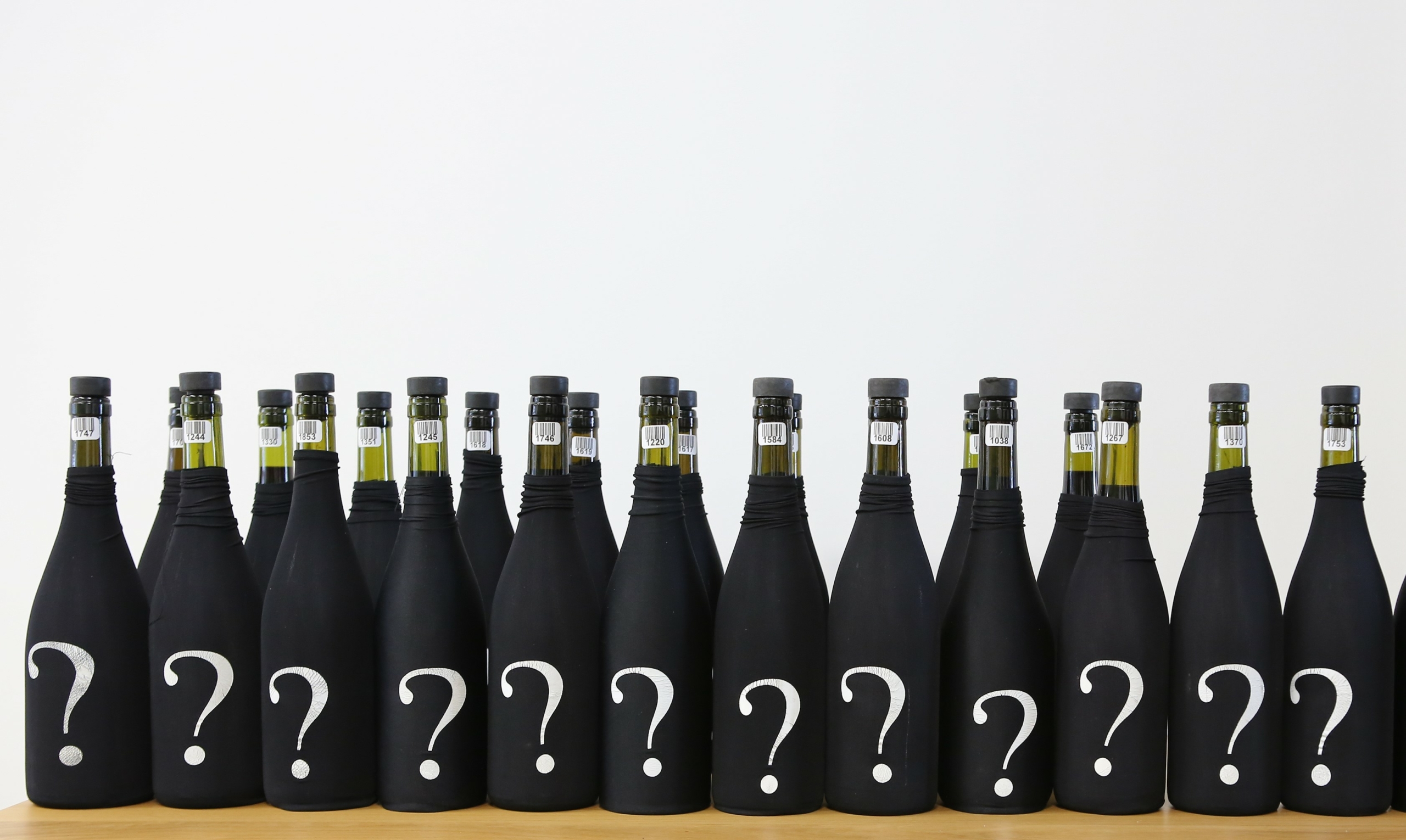
Last Saturday, January 13th, the 14th International Gamay Competition was held at the Cité Internationale in Lyon. 811 cuvées from 4 different countries – France, Switzerland, Italy, Brazil – competed for the much-desired title. And after Brouilly in 2022, and Côte de Brouilly last year, a Moulin-à-Vent cuvée won the trophy.
Learn more about the 12 Beaujolais AOCs.
A record number of tasters
This event is not to be missed for some wine professionals and educated amateurs. 181 of them attended the event to taste the numerous cuvées registered for this competition. Gold and silver medals were attributed after a first tasting.
At the end of the first selection, a special jury of experts – a sommellerie teacher, an oenologist, a restaurateur, a wine merchant and a sommelier – blind tasted again the gold medal cuvées in order to find the best. It’s finally Moulin-à-Vent Old Vines 2023 from Domaine de Colonat which was elected World’s Best Gamay 2024.
267 gamay cuvées awarded by a medal
267 medals, among which 164 in gold and 103 in silver, were granted to the best Gamay cuvées of this competition. The jury also awarded a special mention to the best wine from Switzerland: Coteau de Peissy AOC, Le Baron Rouge Old Vines 1er cru 2022 from Domaine des Charmes, 100% Gamay.
Find the complete award list on the competition official website.
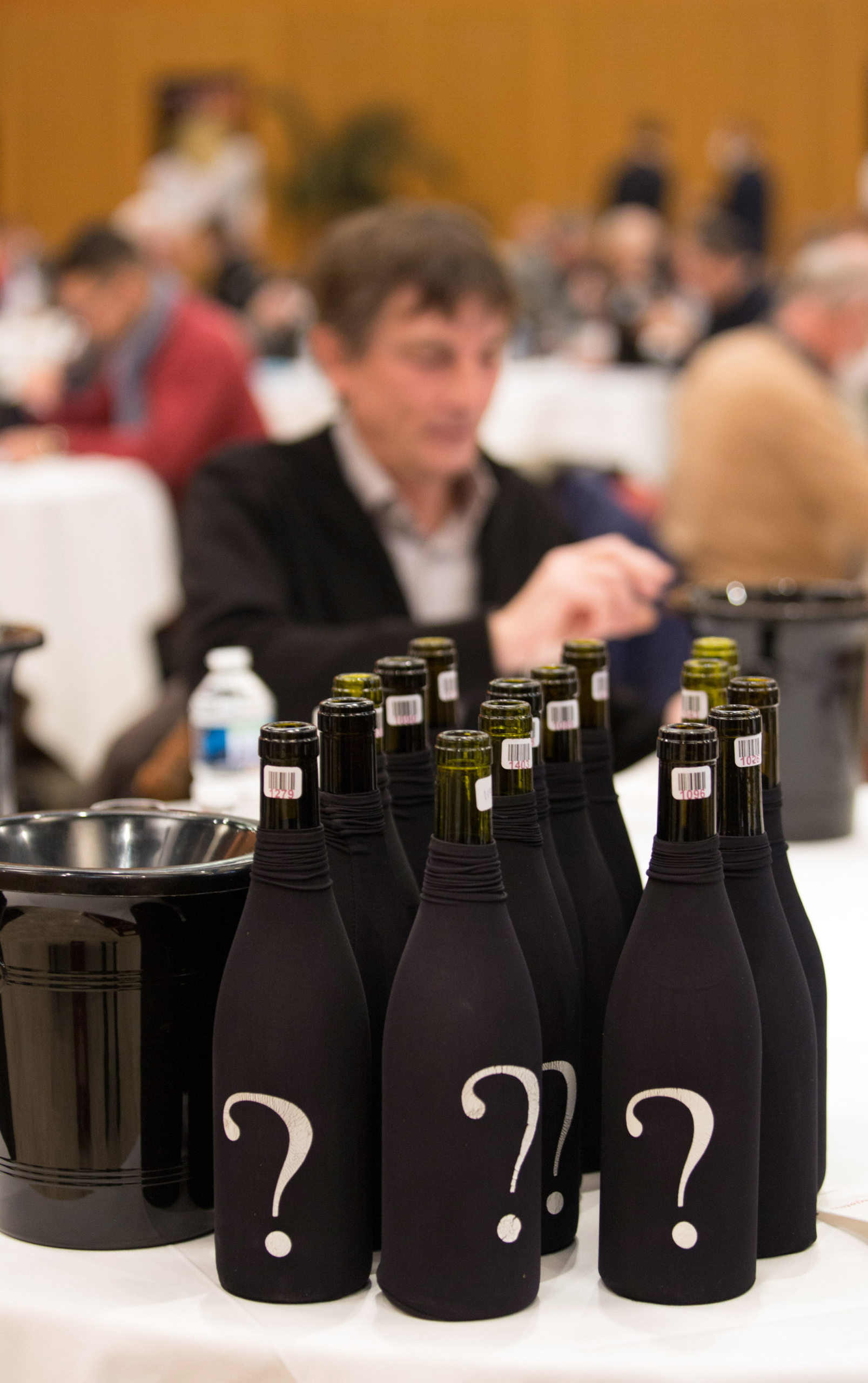
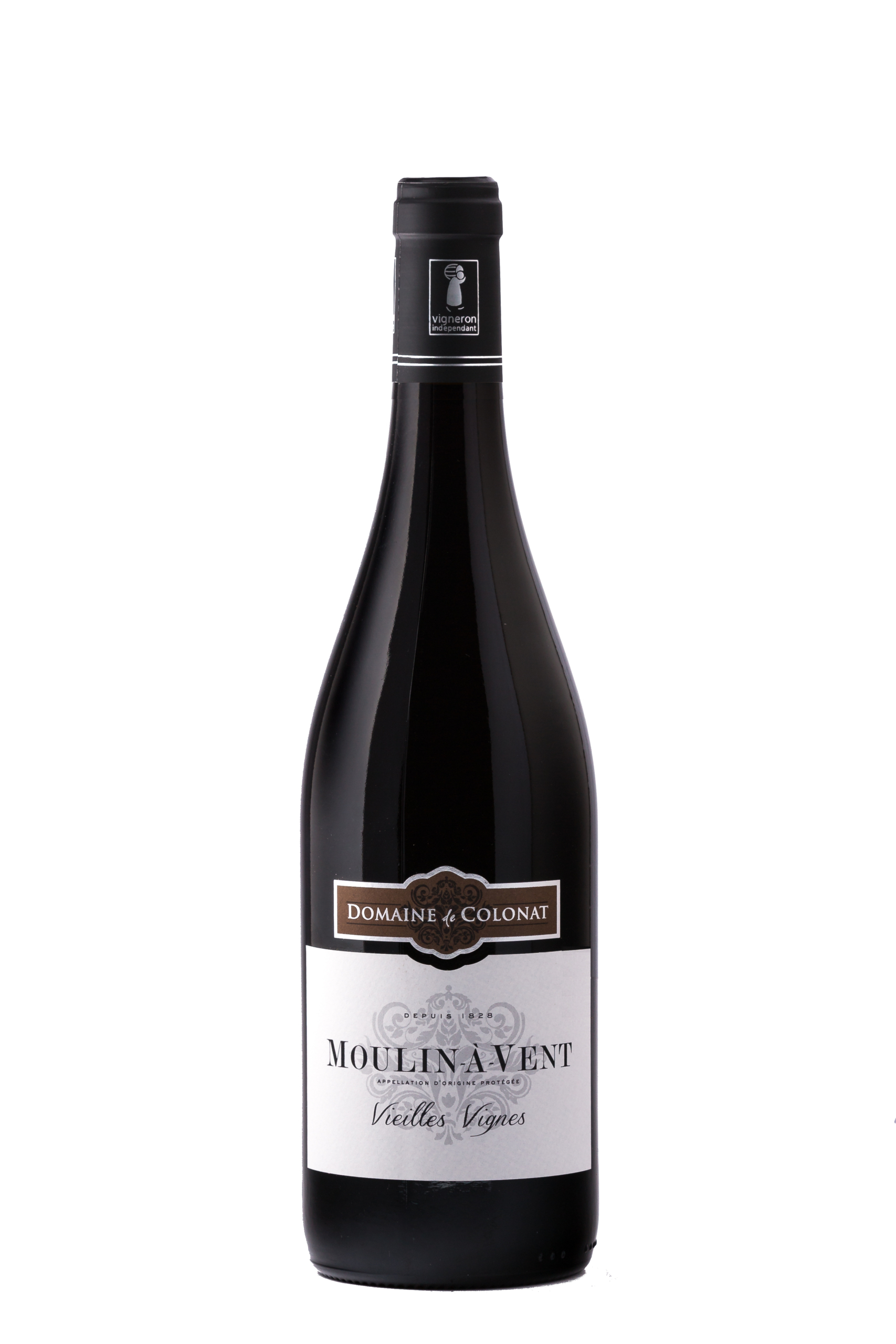
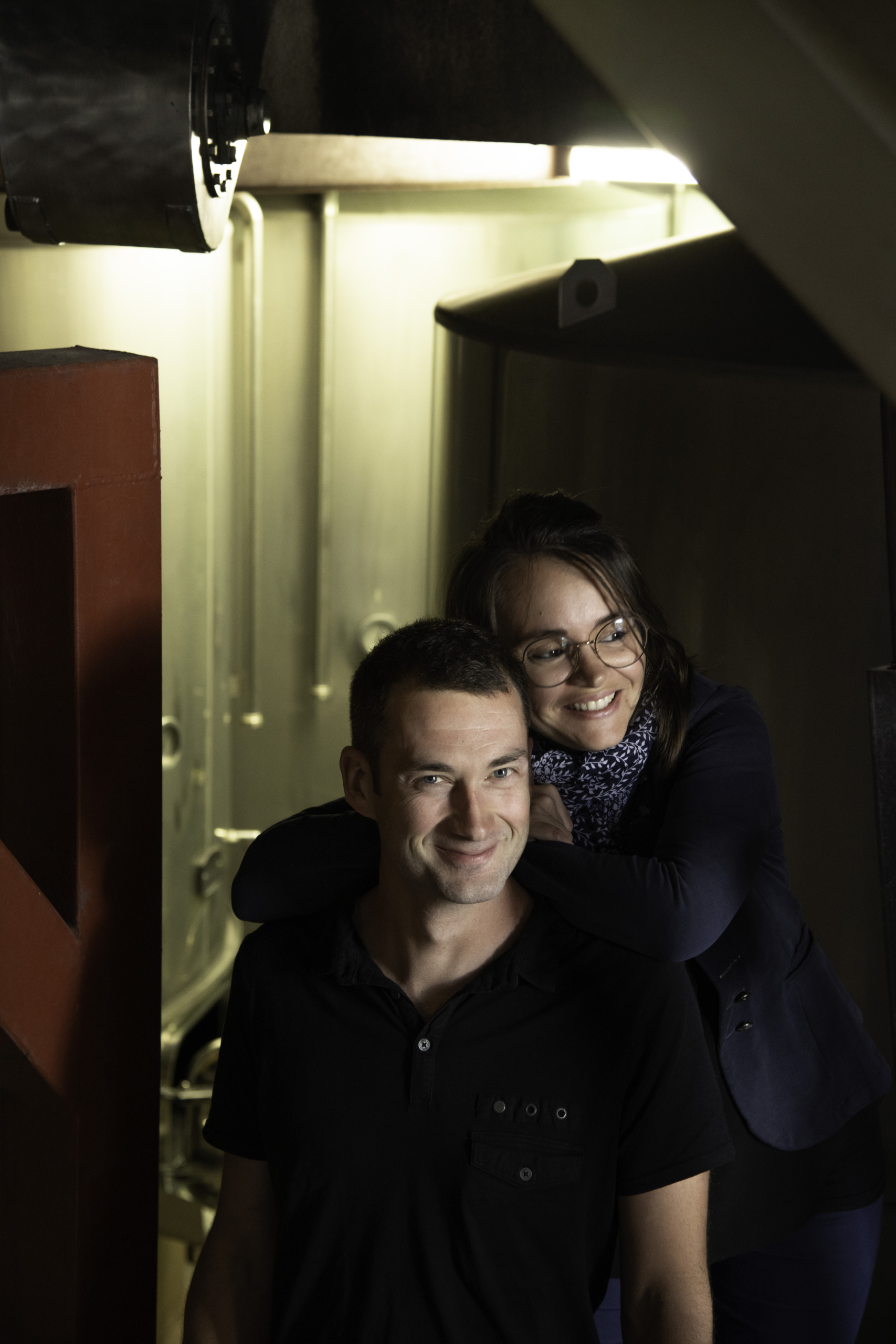
Moulin-à-Vent awarded World’s Best Gamay
The “World’s Best Gamay 2024” trophy has been awarded to Moulin-à-Vent Old Vines 2023 from Domaine de Colonat.
Winegrowers for 9 generations, the Collonge family cultivates 3 hectares of vines and produces cuvées of Morgon, Moulin-à-Vent, Chiroubles, Brouilly, Régnié and white Beaujolais AOCs. After studying viticulture and oenology, Thomas trained in France and abroad before joining the family wine estate for 10 years of passing on knowledge from its parents. Since 2018, Julie and Thomas have been continuying to develop the wine estate. The knowledge of their best terroirs allows them to offer 5 cuvées from specific plots from Moulin-à-Vent and Morgon AOCs.
“Nous avons identifié au Domaine de Colonat trois éléments qui nous semblent essentiels pour produire des grands vins : nos vieilles vignes, le choix de la date de récolte et le tri des raisins à la récolte.” confie Thomas Collonge.
The grapes of this cuvée come from 3 different plots of Moulin-à-Vent AOC: les Greneriers, Bois Pontdevaux and Maison Neuve. The clay-granitic terroirs offer limited but regular water availability to the 61 to 93 year-old vines. The wine ages in concrete vats in order to preserve fruit and freshness.
Moulin-à-Vent AOC celebrates its centenary in 2024: get more news here.
